Fantom Fundamental Analysis

Key Insights
- Fantom employs asynchronous Byzantine Fault Tolerance (aBFT) for network security and scalability, while its development history underscores its evolution from a local focus on food technology to international prominence.
- The Fantom Virtual Machine (FVM) enables seamless execution of smart contracts, with compatibility with Ethereum's Solidity programming language.
- Fantom is a flourishing DeFi ecosystem, that is supported by partnerships with leading projects like Chainlink, SushiSwap, and Aave, which shows its growing relevance in the blockchain space.
In this fundamental analysis, we dive deep into history, technology, team, and aspects of the Fantom platform.
What Is Fantom
Fantom is a blockchain platform designed for the development of decentralized applications and the execution of smart contracts. It is designed with high performance and scalability to provide fast and reliable transactions for users and developers.
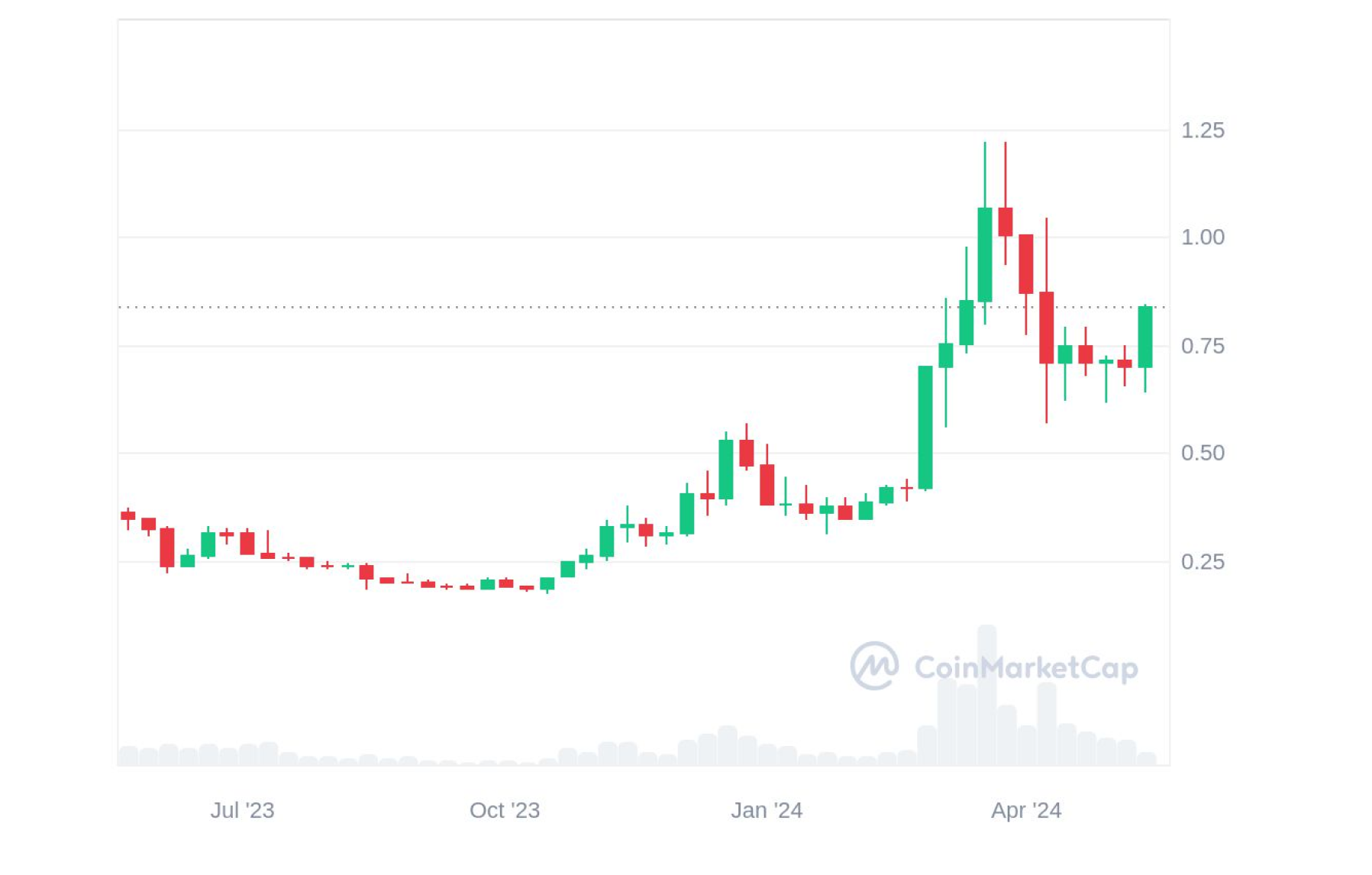
Fantom employs asynchronous Byzantine Fault Tolerance (aBFT) as its consensus mechanism, which provides a high degree of network security. Additionally, it is compatible with the Solidity programming language, allowing developers to port and deploy smart contracts from Ethereum to the Fantom platform.
Fantom Development History
In early 2018, South Korean entrepreneur Ahn Byung Ik established Fantom Foundation Ltd., a company registered in South Korea. The Fantom project was designed to create a high-performance blockchain platform for decentralized applications.
The project's initial focus was on the local food technology industry. Subsequently, a change of jurisdiction to the Cayman Islands led to the internationalization of the Fantom management team, with Michael Kong and Andre Cronje assuming key positions.
The investment process involved multiple rounds of fundraising, including seed and private investment rounds, as well as a public token sale in June 2018. Fantom was developed in the Rust, Go, and Java programming languages.
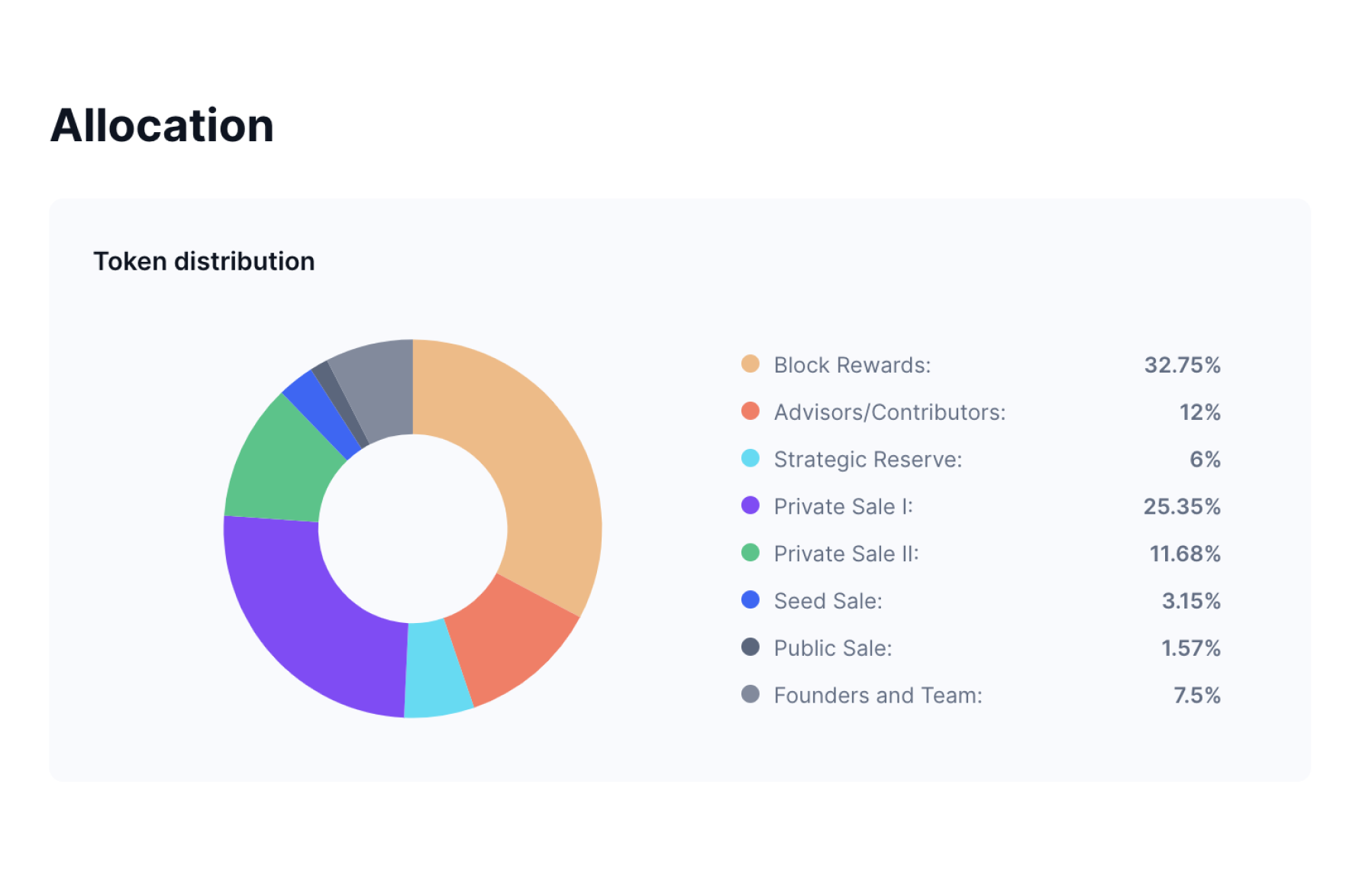
The test network for Fantom crypto platform was launched in December 2018, with the mainnet following one year later on December 27, 2019. To date, the Fantom Foundation has been solely responsible for the project's development and network management. However, there are plans to transfer project management to FTM token holders.
Fantom Technology
- Consensus mechanism (aBFT)
The consensus mechanism in the Fantom blockchain, designated as asynchronous Byzantine Fault Tolerance (aBFT), represents a pivotal component in ensuring the dependability and security of the network. Let us now examine in greater detail the manner in which this mechanism functions.
The Byzantine Fault Tolerance mechanism is asynchronous. This implies that the nodes in the network are capable of communicating with each other without the necessity for real-time synchronization.
In the event of delays or irregularities in communication between nodes, the aBFT mechanism is still capable of reaching an agreement on the state of the Fantom network.
- Byzantine fault tolerance (BFT)
Byzantine Fault Tolerance (BFT) is a concept designed to ensure system performance in the presence of malicious nodes or malfunctioning components within nodes.
In the context of Fantom blockchain, this implies that the system remains operational and accurate despite the potential for malicious or erroneous input from certain nodes.
- Leader and signature
In the aBFT mechanism, each consensus round commences with the selection of a leader who proposes a new block of transactions to be added to the Fantom blockchain. Subsequently, each node acknowledges the proposed block with a signature. The signatures of the nodes are collected and verified by the other participants in order to ascertain that the majority of nodes concur with the proposed block.
- Communication and verification
The nodes in the Fantom network engage in the exchange of messages containing information about new blocks and confirmations. Upon receipt of a sufficient number of confirmations from other nodes, the node in question considers the block to be valid and incorporates it into its local Fantom blockchain.
- Block finalization
Once a block has received a sufficient number of confirmations, it is considered final and cannot be altered. This process ensures the consistency and security of data within the Fantom blockchain.
Fantom Virtual Machine (FVM)
FVM is a virtual machine designed for the Fantom blockchain platform. A more detailed description of this component is provided below.
The Fantom Virtual Machine (FVM) is designed to execute smart contracts on the Fantom platform. Smart contracts are computer programs that automate and enforce agreements between network participants without the need for a central authority to act as a mediator.
- EVM Compatibility
The Fantom Virtual Machine (FVM) is compatible with the Ethereum Virtual Machine (EVM), thus facilitating the straightforward migration of existing smart contracts from the Ethereum network to the Fantom platform. This enables developers to employ existing tools and libraries in the development and auditing of smart contracts.
- Performance optimization
IT is a key objective of the FVM. The FVM has been designed with the objective of achieving high performance and efficient execution of smart contracts. The system is optimized to run on the Fantom platform, ensuring the rapid and reliable execution of transactions on the network.
- Security
Security is a fundamental aspect of any system, and the FVM is no exception. It employs a range of security mechanisms to ensure the integrity and confidentiality of data and transactions. Fantom Virtual Machine incorporates security mechanisms, such as signature verification and automatic verification of contract fulfilment conditions, to prevent potential attacks and ensure the integrity of smart contracts.
Fantom Token (FTM)
The Fantom coin (FTM) is a cryptocurrency issued on the Fantom blockchain. The following paragraphs will outline the principal characteristics of the FTM token.
- Medium of exchange
The Fantom network employs the FTM as a medium of exchange. Users may transfer and receive FTM tokens to facilitate transactions, pay fees, and engage with decentralized applications on the Fantom platform.
- Transaction Commissions
Users on the Fantom network may remunerate other users for facilitating transactions on the network by utilizing FTM tokens. These commissions are distributed to reward the nodes that are involved in processing and confirming transactions.
- Staking
FTM crypto token holders may participate in the staking process by locking their tokens for a specified period of time, thereby contributing to the security and decentralization of the network. In return for their participation, members of the network may receive additional FTM tokens as a reward.
- Voting and governance
FTM token holders are afforded the opportunity to participate in the decision-making process regarding the development and governance of the Fantom network. Such actions may include protocol alterations, proposal endorsements, and other similar measures.
- Investment asset
The FTM token can be considered an investment asset, given that its price is subject to fluctuations in accordance with the dynamics of the cryptocurrency market, influenced by factors such as supply and demand. Token holders may engage in the purchase and sale of FTM on various cryptocurrency exchanges.
Decentralized Financial Tools
The Fantom Foundation has achieved notable success in the development of decentralized financial instruments. In the spring of 2021, the popularity of the Fantom network among developers of decentralized finance began to surge. By that time, a number of blockchain projects, including Aave, Curve, C.R.E.A.M., and yEarn, had already opted to utilize the Fantom network.
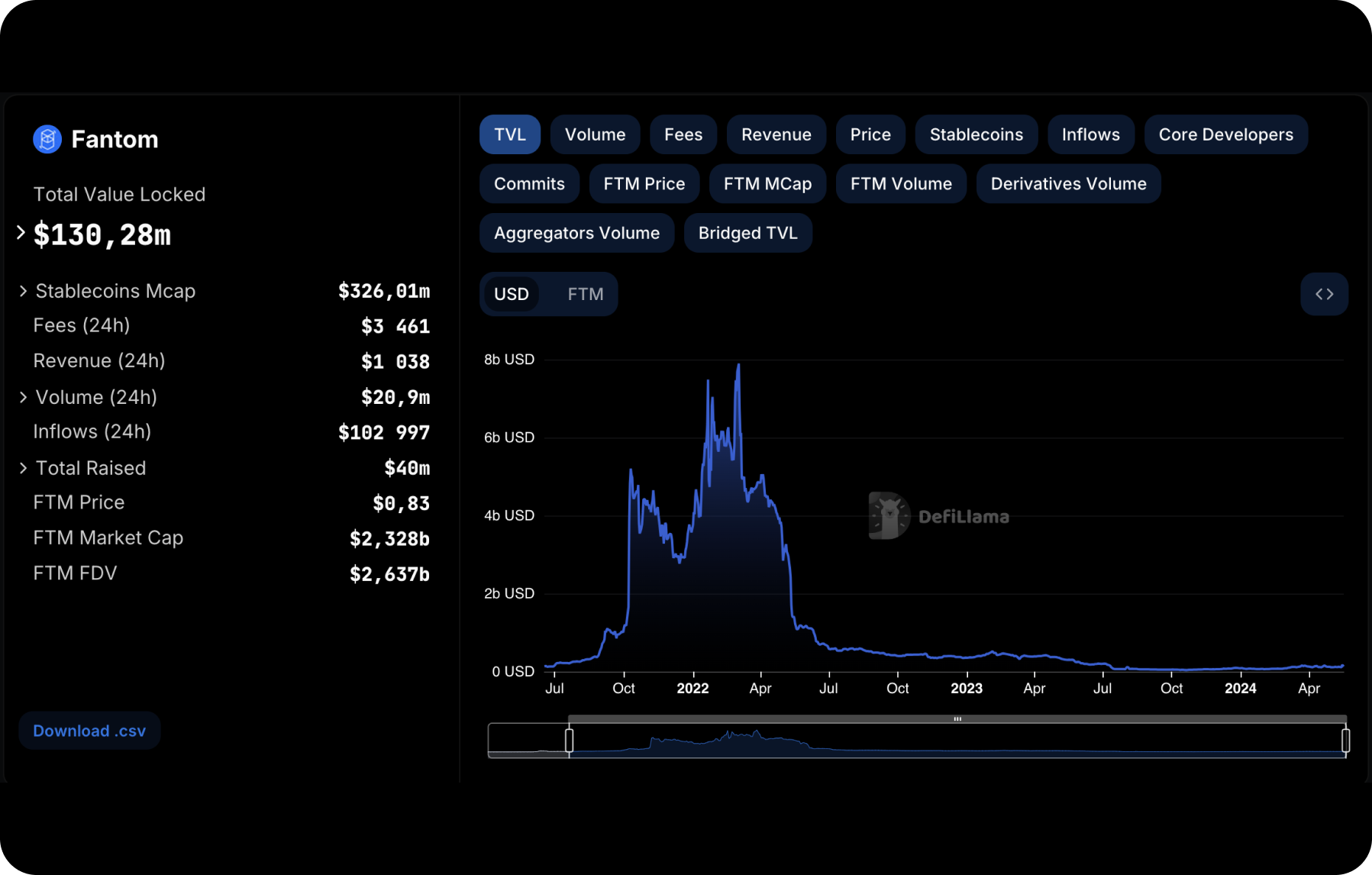
This growth has been made possible by a number of factors. Firstly, cross-chain bridges were launched with the objective of facilitating the migration of liquidity from the Ethereum and Binance Smart Chain networks to the Fantom network.
Secondly, the Fantom Foundation commenced a program of active support and incentives for developers. In June 2021, a grant program was initiated with nine projects, and in August of the same year, an incentive program for DeFi services development teams was initiated.
The program involved the allocation of 370 million FTM (approximately $300 million) to various projects, with funds distributed in equal monthly installments over the course of a year.
The funds could be utilized at the discretion of the projects. In October 2021, the Fantom incentive program was expanded to encompass GameFi projects.
Following the inception of the program, a notable increase in the number of Fantom-based DeFi projects became evident.
- Top 10 DeFi Protocols
By October 2021, the cumulative total value of transactions (TVL) had surpassed the $5 billion mark, positioning the ecosystem within the top ten.
In the same month, TrueUSD announced the launch of the TUSD stablecoin, which is based on the Fantom network.
Fantom Wallet
The Fantom ecosystem encompasses a number of wallets designed to facilitate the management of FTM tokens and interaction with DApps on the Fantom network. The following is a list of some of the aforementioned wallets:
- The Fantom Wallet
It is a digital wallet designed to manage FTM tokens and interact with decentralized applications on the Fantom network. The official wallet developed by the Fantom Foundation provides secure storage and management of FTM tokens. Furthermore, users are able to participate in staking and delegating activities in order to maintain the security and profitability of the network.
- MetaMask
MetaMask is a digital wallet application that enables users to manage their digital assets and interact with decentralized applications on the Fantom network. MetaMask, originally designed for Ethereum, also supports the Fantom network through custom network settings. Furthermore, users are able to import their MetaMask wallets and interact with DApps on the Fantom network.
- The Trust Wallet
It is a digital wallet that provides users with the ability to store and manage their digital assets securely. This multi-currency wallet also supports FTM tokens and provides a straightforward interface for sending, receiving, and storing Fantom tokens.
- The Coin98 Wallet
It is a digital wallet that allows users to store, send, and receive digital assets. It is compatible with various cryptocurrencies and provides a user-friendly interface for managing these assets. A multi-currency wallet that supports Fantom is available for users to manage their FTM tokens and interact with DApps on the Fantom network.
- The Ledger Hardware Wallet
This is a digital asset management solution that offers users the ability to securely store and manage their digital assets. Ledger hardware wallets offer a high level of security for the storage of FTM tokens. By establishing a connection between their Ledger device and a compatible wallet interface, users can securely manage their Fantom tokens.
Top Three DeFi Market Leaders on the Fantom Blockchain
- Chainlink
Chainlink is a DeFi market leader on the Fantom blockchain. Chainlink is a leading oracle provider that provides reliable external data for smart contracts. The partnership between Fantom and Chainlink facilitates the provision of decentralized and reliable external data for smart contracts within the Fantom ecosystem.
- SushiSwap
Sushiswap is a decentralized exchange (DEX) that facilitates token exchanges on the Fantom blockchain. The partnership with Sushiswap affords users access to a comprehensive range of trading pairs and low commissions when trading on Fantom.
- Aave
Aave is a decentralized platform for the provision and receipt of loans based on cryptocurrency assets. The integration of Aave enables Fantom users to access decentralized loans and lending, thereby expanding the opportunities for participation in DeFi financial services.
Fantom Search Trends and GitHub Presence
A review of the GitHub repository for the Fantom project reveals the following changes:
- Commits: +0.01%
- Stars: +0.34%
- Open Issues: +0.42%
- Size: -1.24%
- Watchers: +0.08%
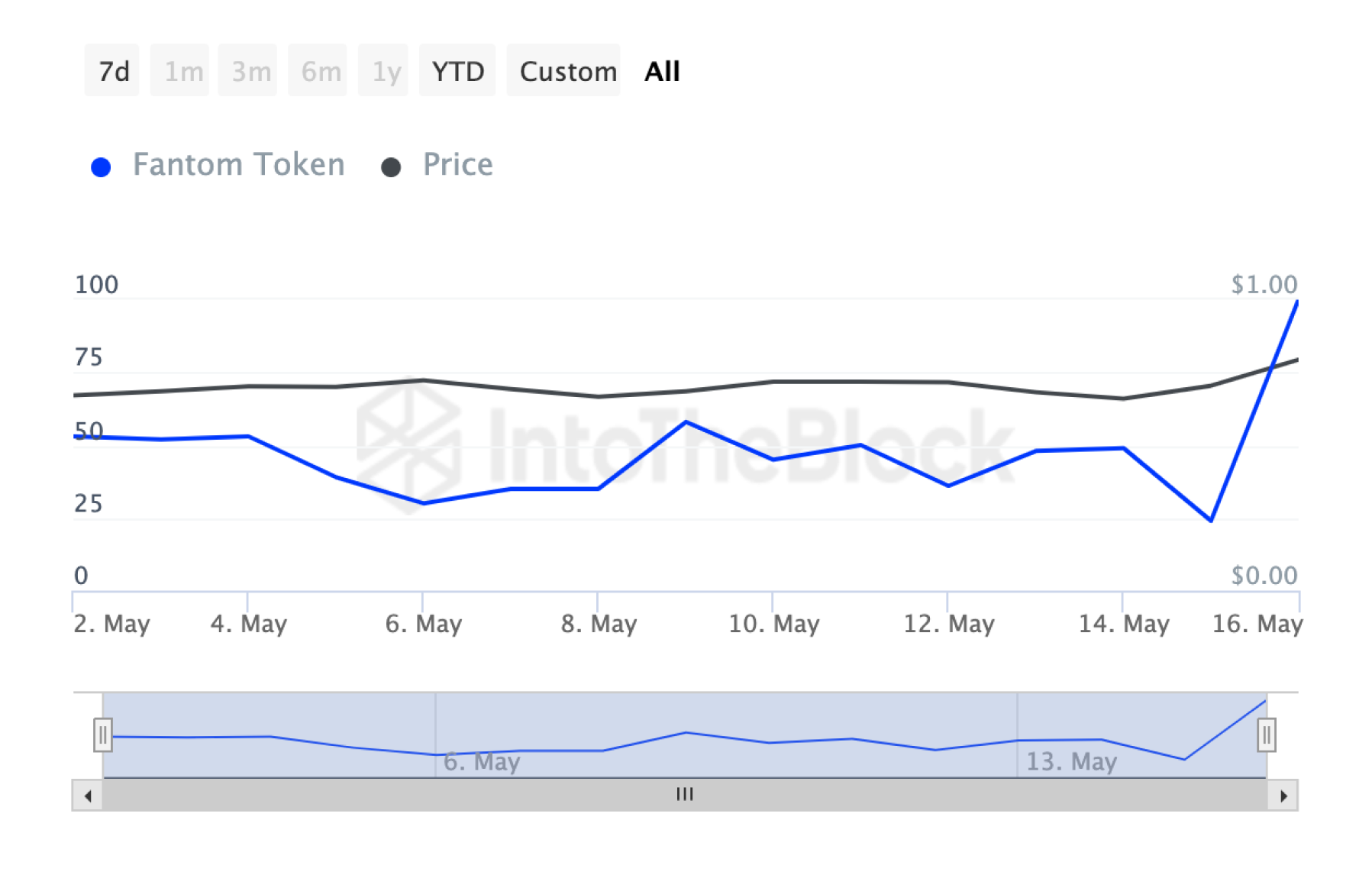
The number of Fantom-related commits represents the total number of modifications made to the project repository by developers. Such contributions may include bug fixes, the addition of new functionality, or the updating of existing code.
The number of stars indicates the overall popularity of the project among GitHub users. The number of stars is indicative of the level of interest in the Fantom project among the developer community and users.
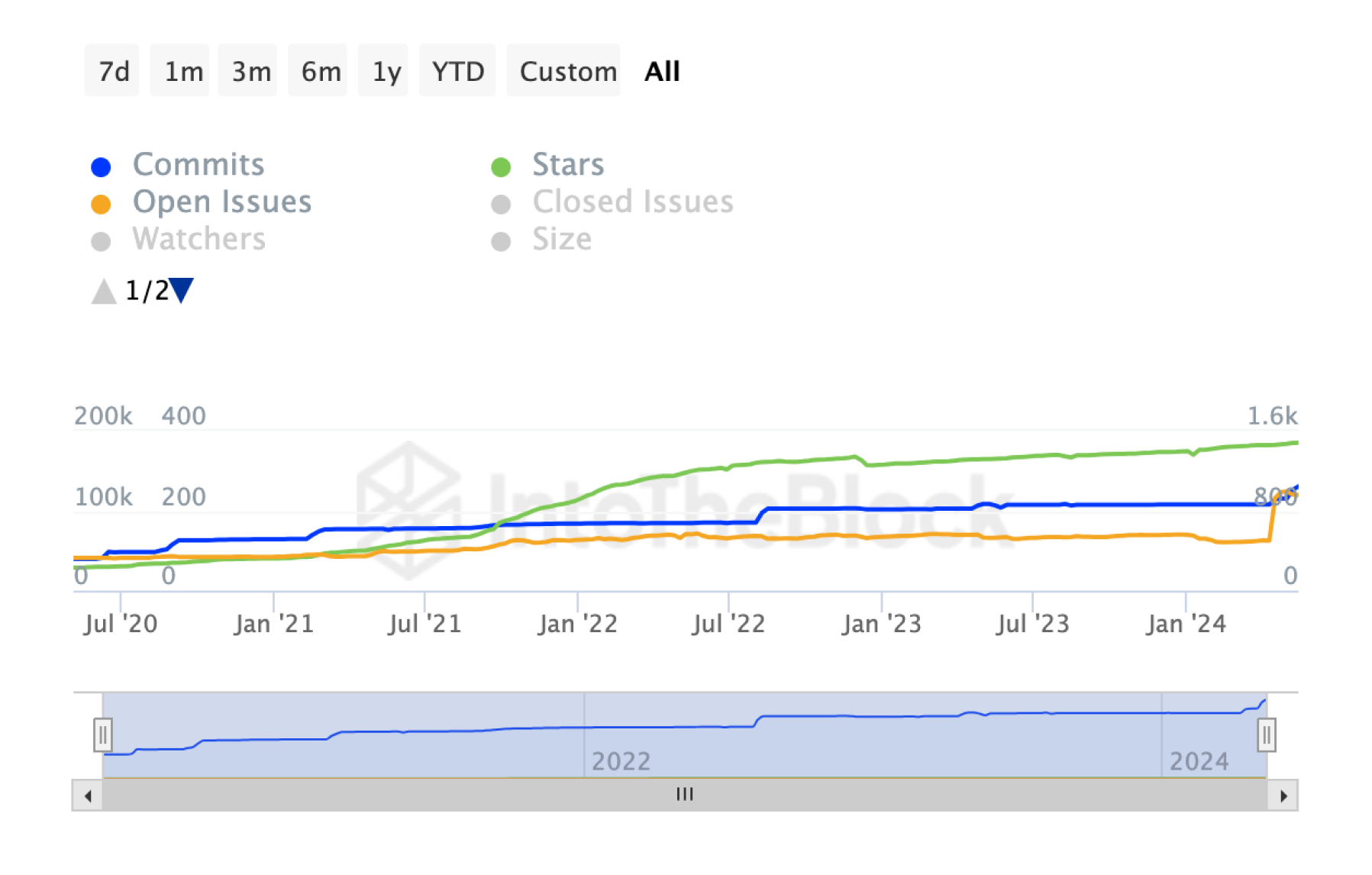
The number of open issues provides an indication of the current amount of work required to fix bugs or add new functionality. A smaller number of open issues indicates a higher degree of Fantom stability and readiness for use.
The repository size indicates the total amount of code and other files stored in the Fantom project. This can be useful for assessing the complexity of the project and its potential scalability.
The number of individuals monitoring the Fantom project's activity on GitHub is indicated by the number of watchers. This metric can be utilized as an indicator of the extent of community interest and involvement in the project's development.
Users can purchase FTM and other cryptocurrencies for fiat or crypto on SimpleSwap.
Summary
Fantom is a blockchain platform designed for decentralized applications and smart contracts execution, prioritizing high performance and scalability.
Its consensus mechanism, asynchronous Byzantine Fault Tolerance (aBFT), ensures network security.
The Fantom project's test network launched in December 2018, followed by the mainnet in December 2019.
Fantom utilizes the Fantom Virtual Machine (FVM) to execute smart contracts, offering compatibility with the Ethereum Virtual Machine (EVM) for seamless migration of contracts.
The FTM token facilitates transactions, staking, voting, and governance on the network, also serving as an investment asset.
Fantom ecosystem has seen significant growth in decentralized finance, with top protocols like Chainlink, SushiSwap, and Aave establishing a presence.
GitHub metrics demonstrate steady activity and community interest in the Fantom project's development.
Overall, this crypto analysis shows how Fantom continues to evolve as a leading blockchain platform, offering robust infrastructure and decentralized financial tools for users and developers alike.
The information in this article is not a piece of financial advice or any other advice of any kind. The reader should be aware of the risks involved in trading cryptocurrencies and make their own informed decisions. SimpleSwap is not responsible for any losses incurred due to such risks. For details, please see our Terms of Service.


